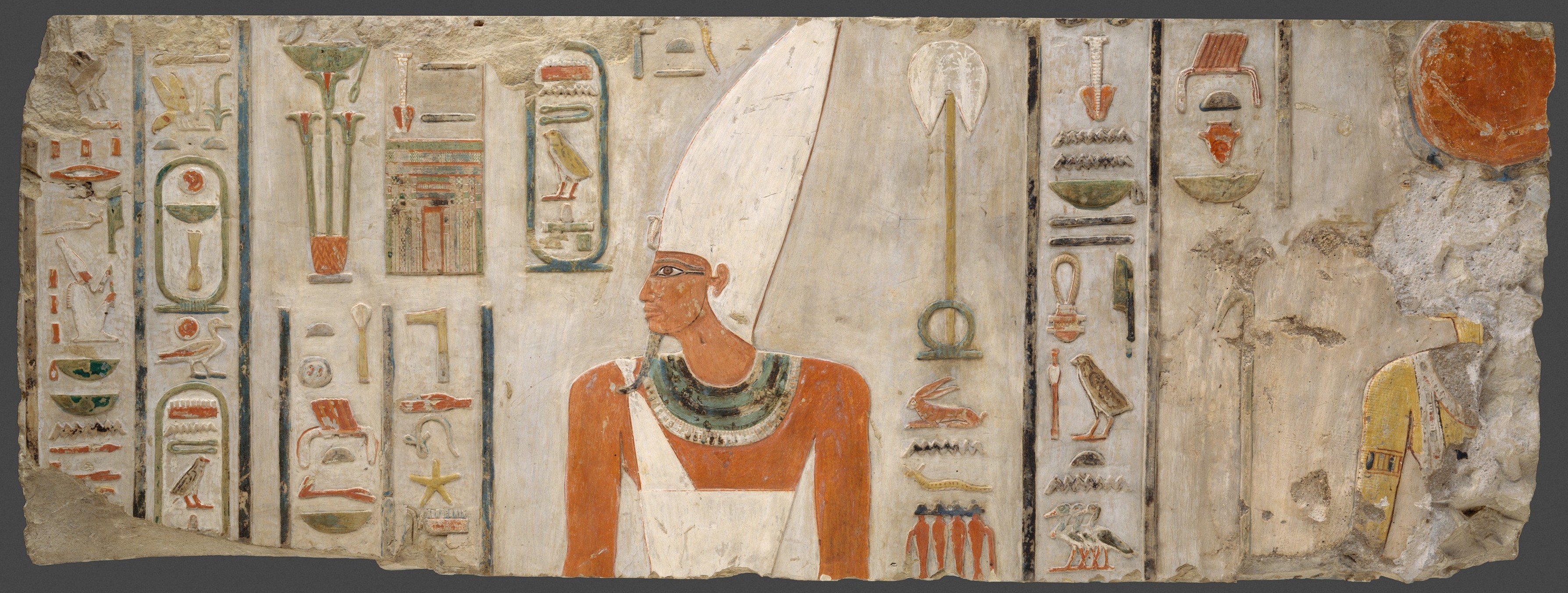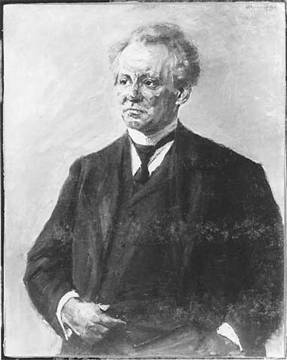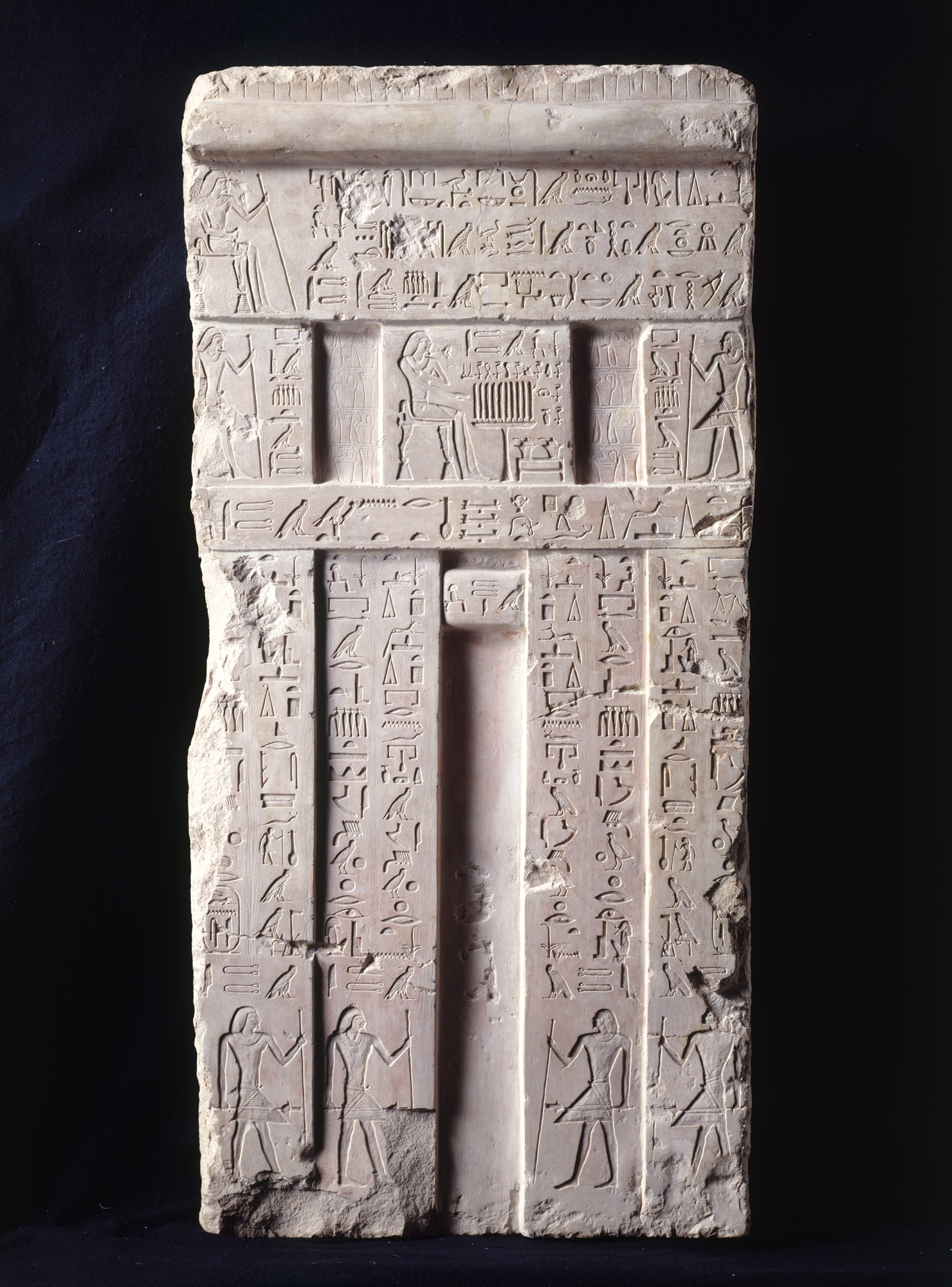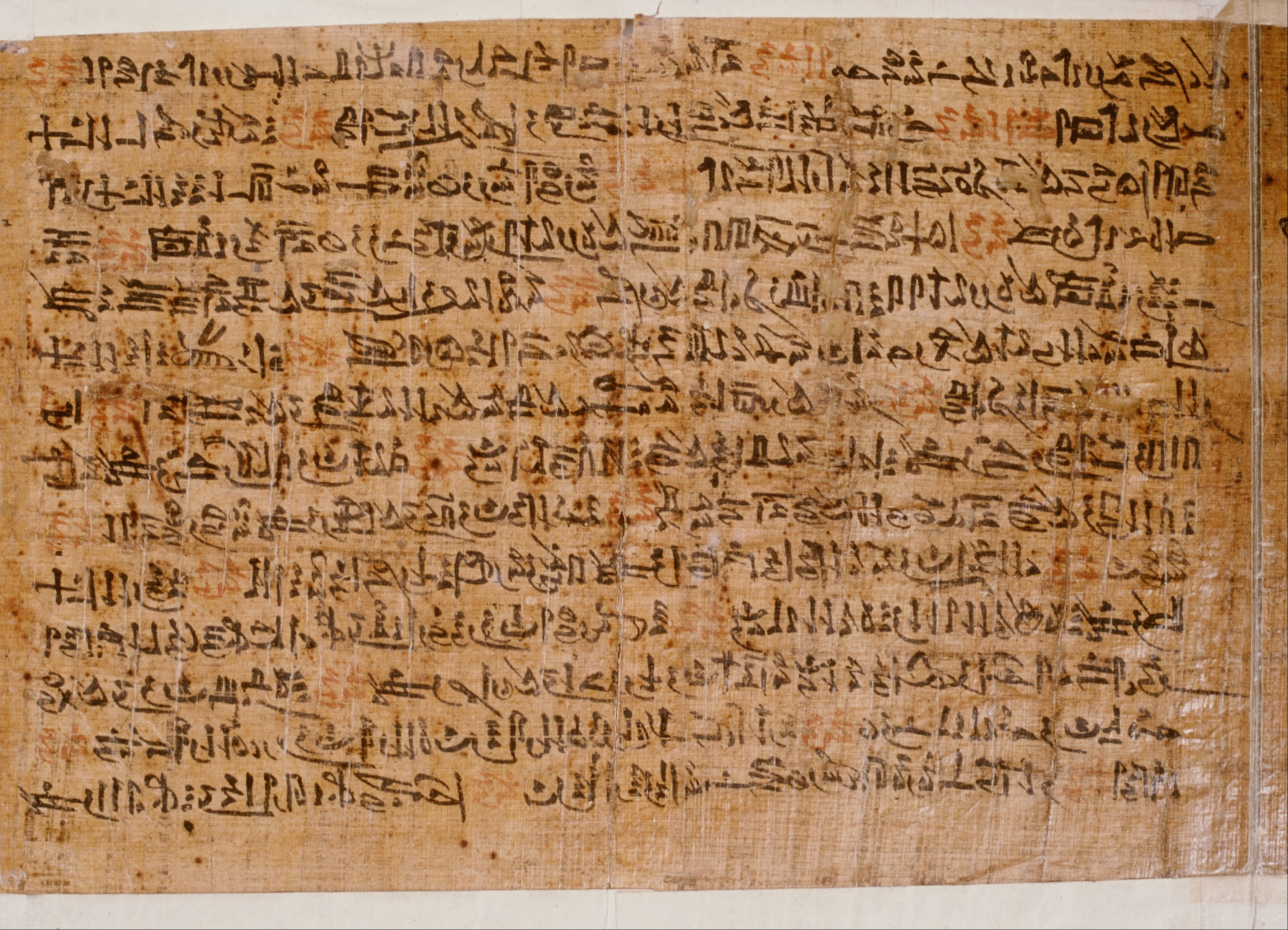|
Heracleopolis Magna
Heracleopolis Magna (, ''Megálē Herakléous pólis''), Heracleopolis (, ''Herakleópolis'') or Herakleoupolis () is the Roman Empire, Roman name of the capital of the 20th nome (Egypt), nome of ancient Egypt, ancient Upper Egypt, known in Ancient Egyptian language, Ancient Egyptian as '. The site is located approximately west of the modern city of Beni Suef, in the Beni Suef Governorate of Egypt. Name In Ancient Egypt, Heracleopolis Magna was called ', meaning ''Child of the King'' (appearing as ''hnn nswt'' or ''hwt nn nswt''; also transcribed Henen-Nesut or Hut-Nen-Nesut). This later developed into (), which was borrowed into early ''Ahnās''. The site is now known as ''Ihnasiyyah Umm al-Kimam'' "Ihnasiyyah, Mother of the Shards" and as ''Ihnasiyyah al-Madinah'' "The City of Ihnasiyyah". The Greek name meant "City of Heracles", with the epithet "great" being added to distinguish it from Heracleopolis (other), other towns with that name. The Greek form became mor ... [...More Info...] [...Related Items...] OR: [Wikipedia] [Google] [Baidu] |
Beni Suef Governorate
Beni Suef ( ') is one of the governorates of Egypt. It is situated in the center of the country and is located in northern Upper Egypt. Overview The governorate's capital is the city of Beni Suef, located about 120 km south of Cairo on the west bank of the Nile River. The area is well known in Egypt for its cement factories. The nearby Meidum pyramid is the only prominent tourist attraction in the area. Due to different ways of transcribing the spelling it can also be known as Beni Suef, or Beni Swaif. The rate of poverty is more than 60% in this governorate but recently some social safety networks have been provided in the form of financial assistance and job opportunities. The funding has been coordinated by the Ministry of Finance (Egypt), country's Ministry of Finance and with assistance from international organizations. Municipal divisions The governorate is divided into the following Subdivisions of Egypt#Municipal divisions, municipal divisions for administrative p ... [...More Info...] [...Related Items...] OR: [Wikipedia] [Google] [Baidu] |
Sacred Lake
Sacred waters are sacred natural sites characterized by tangible topographical land formations such as rivers, lakes, springs, reservoirs, and oceans, as opposed to holy water which is water elevated with the sacramental blessing of a cleric. These organic bodies of water have attained religious significance not from the modern alteration or blessing, but were sanctified through mythological or historical figures. Sacred waters have been exploited for cleansing, healing, initiations, and death rites. Ubiquitous and perpetual fixations with water occur across religious traditions. It tends to be a central element in the creations accounts of almost every culture with mythological, cosmological, and theological myths. In this way, many groups characterize water as "living water", or the "water of life". This means that it gives life and is the fundamental element from which life arises. Each religious or cultural group that feature waters as sacred substances tends to favor certai ... [...More Info...] [...Related Items...] OR: [Wikipedia] [Google] [Baidu] |
Interpretatio Graeca
, or "interpretation by means of Greek [models]", refers to the tendency of the ancient Greeks to identify foreign deities with their own gods. It is a discourse used to interpret or attempt to understand the mythology and religion of other cultures; a Comparative religion, comparative methodology using Religion in ancient Greece, ancient Greek religious concepts and practices, List of Greek deities, deities, and Greek mythology, myths, Comparative mythology, equivalencies, and shared characteristics. The phrase may describe Greek efforts to explain others' beliefs and myths, as when Herodotus describes ancient Egyptian religion, Egyptian religion in terms of perceived Greek analogues, or when Dionysius of Halicarnassus and Plutarch document Cult (religious practice), Roman cults, Roman temple, temples, and practices under the names of equivalent Greek deities. may also describe non-Greeks' interpretation of their own belief systems by comparison or assimilation with Greek model ... [...More Info...] [...Related Items...] OR: [Wikipedia] [Google] [Baidu] |
Third Intermediate Period Of Egypt
The Third Intermediate Period of ancient Egypt began with the death of Pharaoh Ramesses XI in 1077 BC, which ended the New Kingdom, and was eventually followed by the Late Period. Various points are offered as the beginning for the latter era, though it is most often regarded as dating from the foundation of the Twenty-Sixth Dynasty by Psamtik I in 664 BC, following the departure of the Nubian Kushite rulers of the Twenty-fifth Dynasty after they were driven out by the Assyrians under King Ashurbanipal. The use of the term "Third Intermediate Period", based on the analogy of the well-known First and Second Intermediate Periods, was popular by 1978, when British Egyptologist Kenneth Kitchen used the term for the title of his book on the period. While Kitchen argued that the period was 'far from being chaotic' and hoped that his work would lead to the abolishment of the term, with his own preference being the 'Post-Imperial epoch', his use of the term as a title seems ... [...More Info...] [...Related Items...] OR: [Wikipedia] [Google] [Baidu] |
Mentuhotep II
Mentuhotep II (, meaning "Mentu is satisfied"), also known under his Prenomen (Ancient Egypt), prenomen Nebhepetre (, meaning "The Lord of the rudder is Ra"), was an ancient Egyptian pharaoh, the sixth ruler of the Eleventh Dynasty of Egypt, Eleventh Dynasty. He is credited with reuniting Egypt, thus ending the turbulent First Intermediate Period and becoming the first pharaoh of the Middle Kingdom of Egypt, Middle Kingdom. He reigned for 51 years, according to the Turin King List. Mentuhotep II succeeded his father Intef III on the throne and was in turn succeeded by his son Mentuhotep III. Mentuhotep II ascended Egypt's throne in the Upper Egyptian city of Thebes, Egypt, Thebes during the First Intermediate Period. Egypt was not unified during this time, and the Tenth Dynasty of Egypt, Tenth Dynasty, rival to Mentuhotep's Eleventh, ruled Lower Egypt from Heracleopolis Magna, Herakleopolis. After the Herakleopolitan kings desecrated the sacred ancient Umm El Qa'ab, royal necropo ... [...More Info...] [...Related Items...] OR: [Wikipedia] [Google] [Baidu] |
Heryshaf
In Egyptian mythology, Heryshaf, or Hershef ( "He who is on His Lake"),Forty, Jo. ''Mythology: A Visual Encyclopedia'', Sterling Publishing Co., 2001, p. 84. transcribed in Greek as Harsaphes or Arsaphes () was an ancient ram deity whose cult was centered in ancient Heracleopolis Magna. He was identified with Ra and Osiris in ancient Egyptian religion, as well as Dionysus or Heracles in the ''interpretatio graeca''. The identification with Heracles may be related to the fact that in later times his name was sometimes reanalysed as ''ḥrj-šf.t'' "He who is over strength". One of his titles was "Ruler of the Riverbanks". Heryshaf was a creator and fertility god who was born from the primordial waters. He was pictured as a ram or a man with a ram's head. Temple at Heracleopolis Magna The site goes back to the Early Dynastic Period or the Old Kingdom of Egypt. The precise founding date of Herakleopolis is not known, but an entry on the Palermo Stone reporting king Den's visit t ... [...More Info...] [...Related Items...] OR: [Wikipedia] [Google] [Baidu] |
Middle Kingdom Of Egypt
The Middle Kingdom of Egypt (also known as The Period of Reunification) is the period in the history of ancient Egypt following a period of political division known as the First Intermediate Period of Egypt, First Intermediate Period. The Middle Kingdom lasted from approximately 2040 to 1782 BC, stretching from the reunification of Egypt under the reign of Mentuhotep II in the Eleventh Dynasty of Egypt, Eleventh Dynasty to the end of the Twelfth Dynasty of Egypt, Twelfth Dynasty. The kings of the Eleventh Dynasty ruled from Thebes, Egypt, Thebes and the kings of the Twelfth Dynasty ruled from Lisht, el-Lisht. The Periodization of ancient Egypt, concept of the Middle Kingdom as one of three golden ages was coined in 1845 by German Egyptologist Christian Charles Josias von Bunsen, Baron von Bunsen, and its definition evolved significantly throughout the 19th and 20th centuries. Some scholars also include the Thirteenth Dynasty of Egypt wholly into this period, in which case the Mi ... [...More Info...] [...Related Items...] OR: [Wikipedia] [Google] [Baidu] |
Thebes, Egypt
Thebes (, , ''Thēbai''), known to the ancient Egyptians as Waset, was an ancient Egyptian city located along the Nile about south of the Mediterranean. Its ruins lie within the modern Egyptian city of Luxor. Thebes was the main city of the fourth Upper Egyptian nome (Sceptre nome) and was the capital of Egypt for long periods during the Middle Kingdom and New Kingdom eras. It was close to Nubia and the Eastern Desert, with its valuable mineral resources and trade routes. It was a religious center and the most venerated city during many periods of ancient Egyptian history. The site of Thebes includes areas on both the eastern bank of the Nile, where the temples of Karnak and Luxor stand and where the city was situated; and the western bank, where a necropolis of large private and royal cemeteries and funerary complexes can be found. In 1979, the ruins of ancient Thebes were classified by UNESCO as a World Heritage Site. Toponymy The Egyptian name for Thebes was ''w� ... [...More Info...] [...Related Items...] OR: [Wikipedia] [Google] [Baidu] |
Egyptologists
This is a partial list of Egyptologists. An Egyptologist is any archaeologist, historian, linguist, or art historian who specializes in Egyptology, the scientific study of Ancient Egypt and its antiquities. Demotists are Egyptologists who specialize in the study of the Demotic language and field of Demotic Studies. Although a practitioner of the disciplined study of Ancient Egypt and Egyptian antiquities is an "Egyptologist", the field of Egyptology is not exclusive to such practitioners. A * Barbara G. Adams (British, 1945–2002) * Johan David Åkerblad (Swedish, 1763–1819) * Cyril Aldred (British, 1914–1991) * James Peter Allen (American, born 1945) * Maurice Alliot (French, 1903–1960) *Hartwig Altenmüller (German, born 1938) *Émile Amélineau (French, 1850–1915) * Alessia Amenta (Italian) * Guillemette Andreu (French, born 1948) * Tadeusz Andrzejewski (Polish, 1923–1961) *Jan Assmann (German, 1938–2024) *Éric Aubourg (French) * Sydney Hervé Aufrère (French, ... [...More Info...] [...Related Items...] OR: [Wikipedia] [Google] [Baidu] |
Lower Egypt
Lower Egypt ( ') is the northernmost region of Egypt, which consists of the fertile Nile Delta between Upper Egypt and the Mediterranean Sea, from El Aiyat, south of modern-day Cairo, and Dahshur. Historically, the Nile River split into seven branches of the delta in Lower Egypt. Lower Egypt was divided into nomes and began to advance as a civilization after 3600 BC. Today, it contains two major channels that flow through the delta of the Nile River – Mahmoudiyah Canal (ancient Agathos Daimon) and Muways Canal (, "waterway of Moses"). Name In Ancient Egyptian, Lower Egypt was known as ''mḥw'' which means "north". Later on, during Antiquity and the Middle Ages, Greeks and Romans called it ''Κάτω Αἴγυπτος'' or ''Aegyptus Inferior'' both meaning "Lower Egypt", but Copts carried on using the old name related to the north – ''Tsakhet'' () or ''Psanemhit'' () meaning the "Northern part". It was further divided into a number of regions or nomes () – '' ... [...More Info...] [...Related Items...] OR: [Wikipedia] [Google] [Baidu] |
Old Kingdom Of Egypt
In ancient Egyptian history, the Old Kingdom is the period spanning –2200 BC. It is also known as the "Age of the Pyramids" or the "Age of the Pyramid Builders", as it encompasses the reigns of the great pyramid-builders of the Fourth Dynasty of Egypt, Fourth Dynasty, such as King Sneferu, under whom the art of pyramid-building was perfected, and the kings Khufu, Khafre and Menkaure, who commissioned the construction of the Giza pyramid complex, pyramids at Giza. Ancient Egypt, Egypt attained its first sustained peak of civilization during the Old Kingdom, the first of three so-called "Kingdom" Egyptian chronology, periods (followed by the Middle Kingdom of Egypt, Middle Kingdom and New Kingdom of Egypt, New Kingdom), which mark the high points of civilization in the lower Nile Valley. The Periodization of Ancient Egypt, concept of an "Old Kingdom" as one of three "golden ages" was coined in 1845 by the German Egyptology, Egyptologist Christian Charles Josias von Bunsen, Baron ... [...More Info...] [...Related Items...] OR: [Wikipedia] [Google] [Baidu] |
First Intermediate Period
The First Intermediate Period, described as a 'dark period' in ancient Egyptian history, spanned approximately 125 years, c. 2181–2055 BC, after the end of the Old Kingdom of Egypt, Old Kingdom. It comprises the seventh Dynasty, Seventh (although this is mostly considered spurious by Egyptologists), eighth dynasty of Egypt, Eighth, Ninth dynasty of Egypt, Ninth, Tenth dynasty of Egypt, Tenth, and part of the Eleventh dynasty of Egypt, Eleventh List of Egyptian dynasties, Dynasties. The Periodization of Ancient Egypt, concept of a "First Intermediate Period" was coined in 1926 by Egyptologists Georg Steindorff and Henri Frankfort. Very little monumental evidence survives from this period, especially from the beginning of the era. The First Intermediate Period was a dynamic time in which rule of Egypt was roughly equally divided between two competing power bases. One of the bases was at Herakleopolis Magna, Heracleopolis in Lower Egypt, a city just south of the Faiyum region, and ... [...More Info...] [...Related Items...] OR: [Wikipedia] [Google] [Baidu] |









